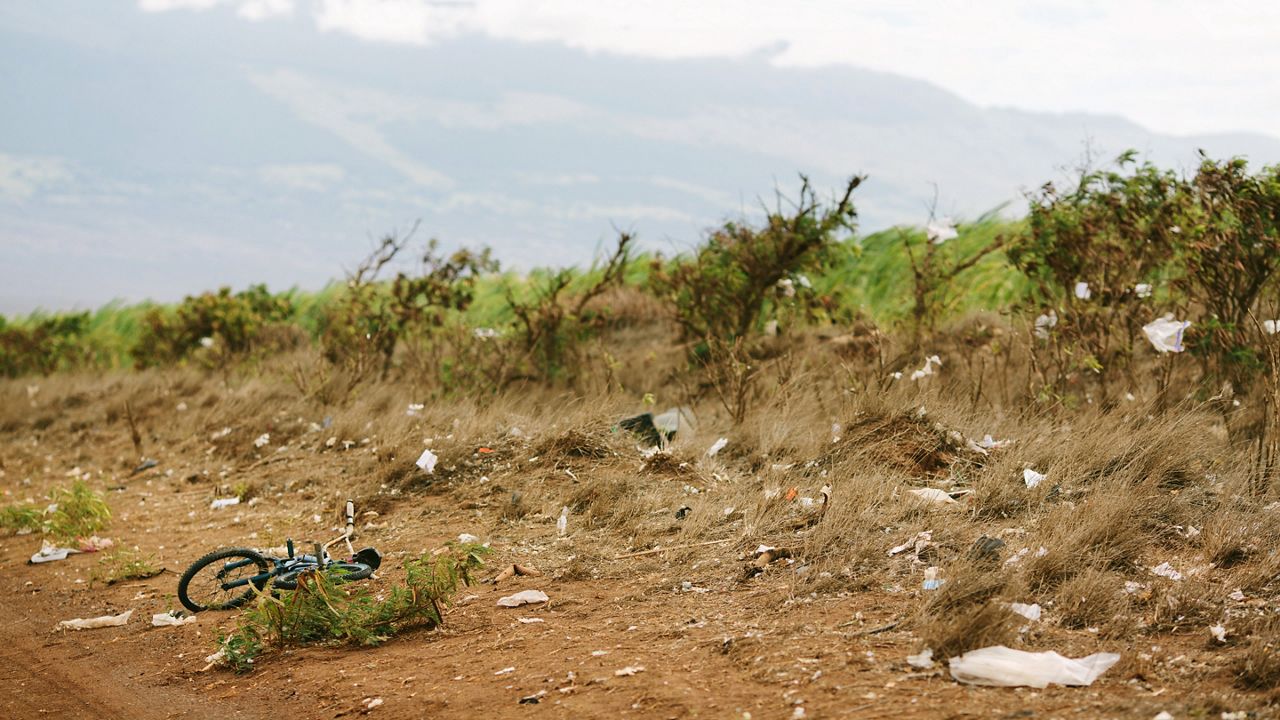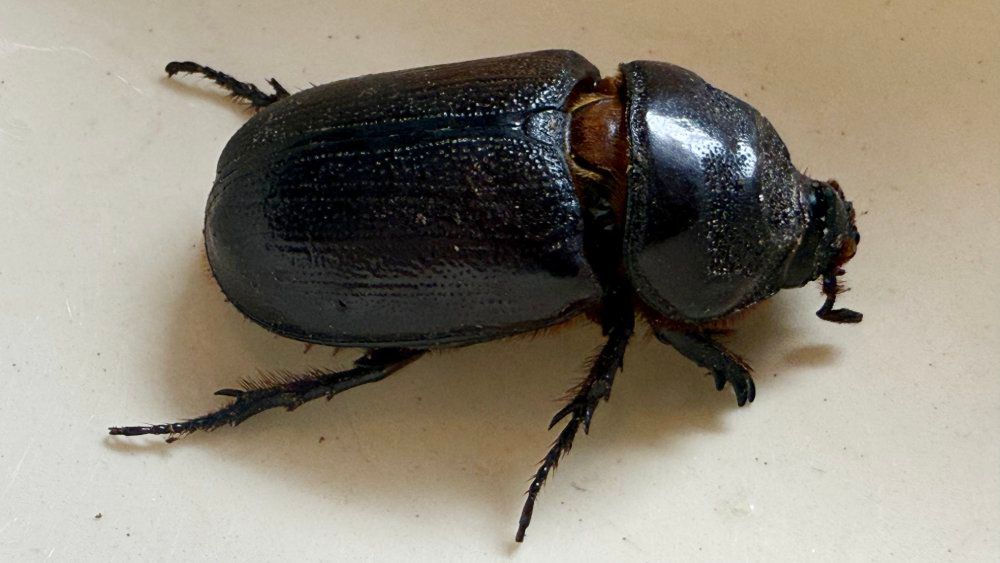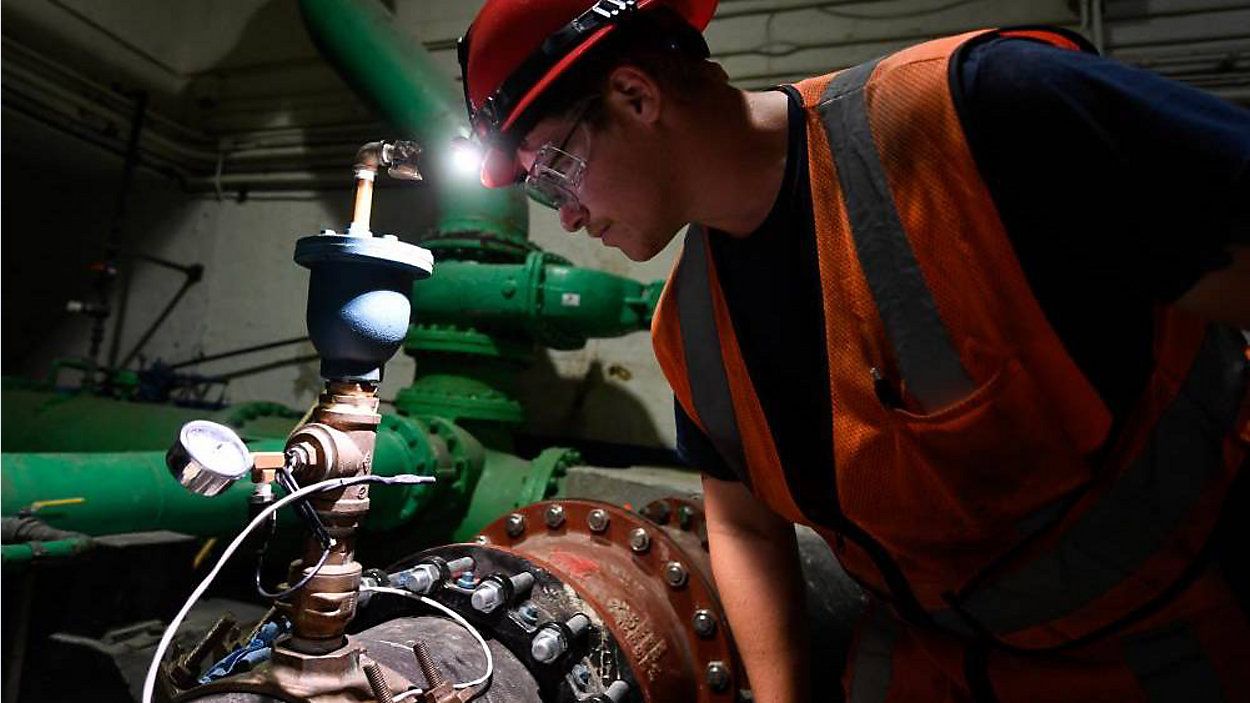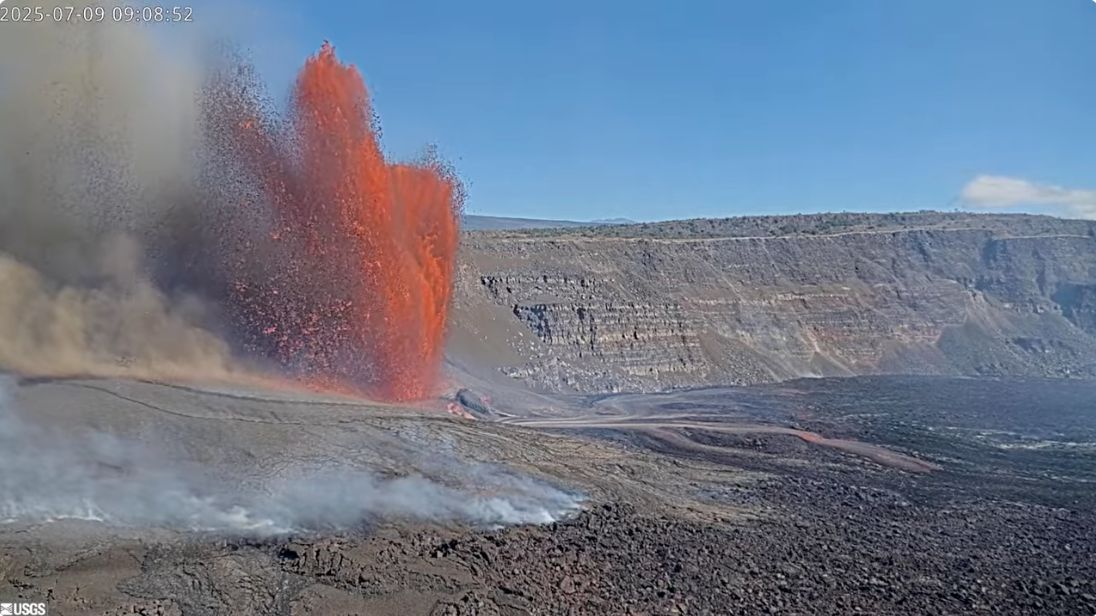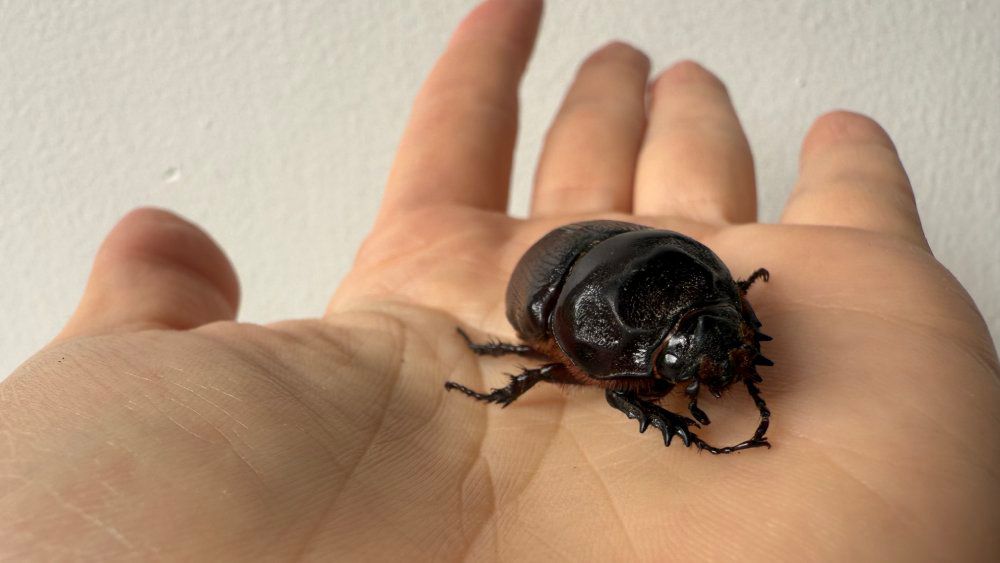This is the fourth part in a four-part series on trash and recycling, with articles about Oahu, Kauai, Hawaii Island and Maui.
Maui County residents and businesses created 340,721 tons of waste in 2022. Of that trash, 281,325 tons went to one of the county’s four landfills.
The county diverted about 60,000 tons of trash from the landfill by recycling, reusing or composting. That’s only a 17% diversion rate.
However, the 2020 diversion rate was 35%. Maui County’s Environmental Protection and Sustainability Division Manager Tamara Farnsworth told Spectrum News Hawaii in an email that she expects the diversion rate to increase in the next two years after the county builds a new composting facility. Without the facility, Maui County has to mix sewage sludge with mulched green waste to solidify it and dispose of it in the Central Maui Landfill.
Living on an island where limited space is always a concern, there are big questions about the future of our landfills. By reducing, reusing and recycling, we keep waste out of the landfill.
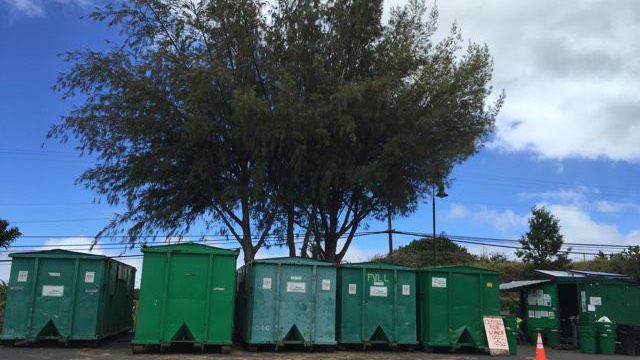
How recycling works
Maui residents can recycle cardboard, newspaper, glass containers, plastic bottles #1 and #2, and aluminum and steel cans at the County’s Recycling Drop Box Centers. All food residue must be rinsed out, and caps and lids must be removed. For newspapers, rubber bands, plastic bags and string must be removed. Cardboard must be broken down and flattened. More details about recycling items can be found here.
Once collected, recyclables are taken to a Materials Recovery Facility in Kahului to be sorted and baled.
Because Hawaii doesn’t have a facility that processes recyclables into new materials, most recyclables are shipped off island. Maui’s cardboard is shipped to China, glass is shipped to Oakland, aluminum and bi-metal cans are shipped to China and Korea, plastic #1 and #2 are shipped to China, and newspaper is shipped to China.
Maui County does not have curbside recycling, like on Oahu. The county launched a pilot program in 2012 that serviced 2,000 homes in South Maui until 2020. Originally, the program was meant to be expanded island-wide.
“Due to a change in the mayoral administration at the time, the program was never expanded,” Farnsworth said. “The program was canceled in 2020 due to a rise in processing costs.”
Farnsworth added that an updated Integrated Solid Waste Management Plan is currently being drafted, and it may include planning a new curbside recycling program over the next 10 years.
It costs Maui County $300 per ton to operate its dropbox recycling centers, which includes monitoring and maintenance at the recycling centers as well as hauling and processing materials. It only costs about $105 per ton to dispose of materials in the landfill.
“Although the dollar expenses are three times what it would cost to simply dispose of these materials, we work with a triple bottom line that includes environmental and social values beyond just the economic costs,” Farnworth said.
Contamination of recycling, which includes not properly cleaning recyclables and “wish-cycling,” when non-recyclable items are placed in recycling bins, is a problem on Maui. Maui County has a contamination rate of about 20%. Some of the most frequently seen contaminated items in Maui’s recycling bins are wet or soiled cardboard and incorrect types of plastic.
“The County of Maui works to reduce contamination through education and outreach. Our office promotes the ‘wish-cycling’ educational campaign which includes radio, print and online advertisements, along with signage at all recycling containers, recycling guides, magnets and website information to combat contamination,” said Farnworth.
Alexis Smith, the coalition manager for Zero Waste Maui, told Spectrum News Hawaii that it’s crucial for Maui residents to understand what can and can not be recycled. She said this is especially important because employees at the Material Recovery Facility must sort through everything that is brought in. Zero Waste Maui uses social media to educate people about recycling.
“Social media, especially for our younger audience, is a really good way to make that knowledge known,” said Smith.
HI5 recyclables
The Hawaii Department of Health runs the HI5 program, which exists on all the islands. The HI5 program allows for cans and bottles with the HI5 label to be exchanged for 5 cents. The 5-cent fee provides an incentive for people to bring bottle containers to a redemption center.
Beverage containers must be 2 liters or smaller and made of glass, plastic or aluminum to be accepted. Bottle caps are not accepted by the HI5 program and must be removed.
Go to Maui County’s website for details about where to drop off HI5 recyclables.
More information about how the HI5 program works can be found in the first article in this series on waste and recycling.
Green Waste
Until 2020, green waste was co-composted (when yard waste is mixed with liquid waste) on Maui, but currently the county does not have a composting facility. As mentioned in the opening of this article, the County is working to build a composting facility within the next two years and must first acquire a Department of Health Solid Waste Management Permit.
In the last two years, green waste has been used to solidify biosolids (solid organic matter recovered from a sewage treatment process) and then disposed of in the landfill.
“This is a temporary practice that the county is working to remedy as quickly as possible and we are actively engaged in the process of siting and permitting a new compost facility,” said Farnsworth.
Any green waste that is not used for this purpose is turned into mulch and given to various landscaping or agricultural projects on Maui or sold to the public through EKO compost. However, Farnsworth said there is a lot of mulch available.
On Molokai, all green waste is diverted from the landfill, chipped and offered to the public as free mulch.
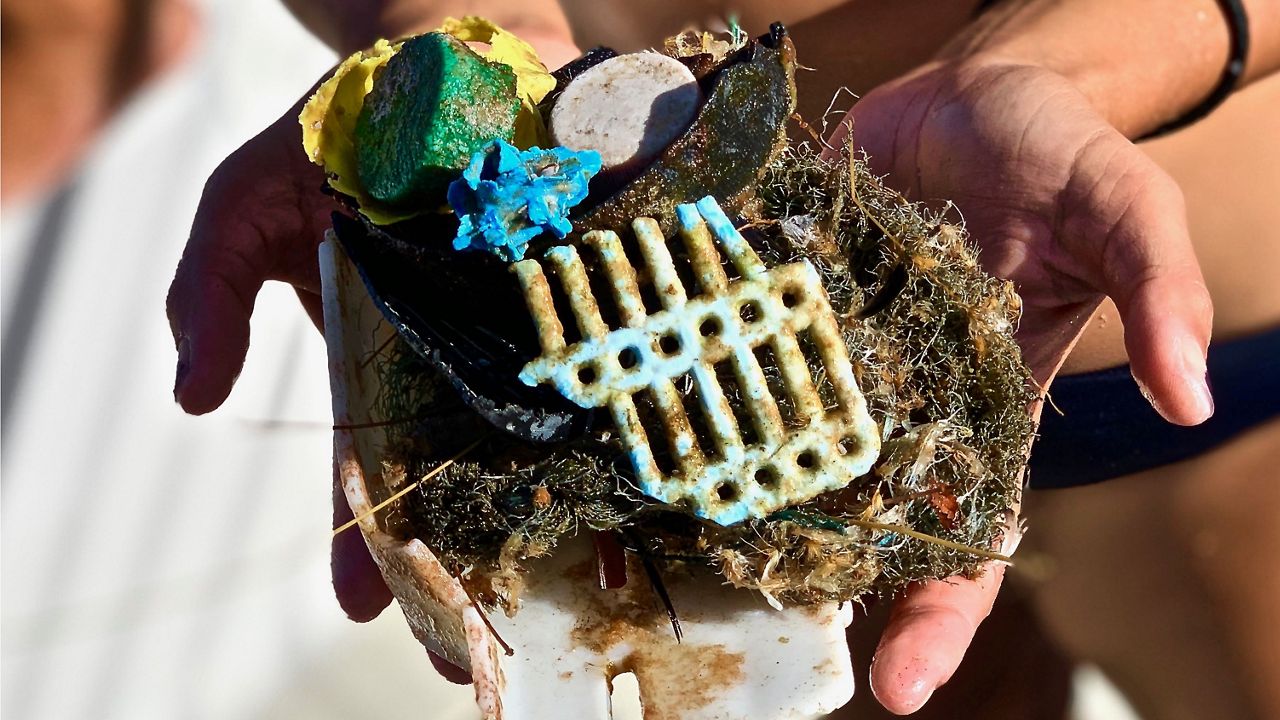
Before recycling, reduce and reuse
Farnsworth said before recycling, people should focus on reducing and reusing items. While she said recycling is important, most recyclables must be marketable materials that are shipped overseas. She wants the focus to be on expanding local options for recycling as well as promoting waste reduction and reuse.
“Remember that everything you acquire has a lifecycle that starts with extraction of raw materials, production, transport, marketing, sales, use of the product which leads to either discarding or reuse or recycling,” said Farnsworth. “In our current waste models, this system of production is linear. Our goal is to move toward a more circular economy, where products are designed and produced to be efficiently recycled as resources and returned to the commodity stream, rather than merely discarded at the end of their usefulness.”
She encouraged Maui County residents to move toward reuse and refill systems. In particular, she suggested people bring their own reusable items when they are out, such as shopping bags, reusable water bottles, drink cups and straws.
“We would add another R to the mix: ReThink. How can we rethink our habits in terms of what we acquire and how much we really need, thinking first about what might happen to an item when we are done using it,” Farnsworth added.
Smith, with Zero Waste Maui, agreed with Farnsworth’s philosophy to “rethink,” adding that “redesign” is also an important consideration. She said people should avoid single-use plastics and materials that aren’t compostable or recyclable, and added that some waste could be redesigned to be recyclable or reusable.
When it comes to reuse, she encouraged Maui residents to check out the island’s two refill shops: Rooted in Wailuku and Zero Waste Hale in Haiku.
“Those are really great resources to just reduce waste altogether. Both of those locations you can bring in your own containers and refill them for laundry detergent or I go there to get my toothpaste and floss,” said Smith.
In order to reduce waste, Maui County has enacted a plastic disposable food ware ban, plastic bag ban, polystyrene foam food service container ban and polystyrene bodyboard ban.
“The types of things that have been banned have no recycling potential and are in no way necessary for the health and well-being of our community, so stopping those waste streams at their source so they never make it to our shores ensures that we will not have to manage those wastes or deal with them as litter,” said Farnsworth.
Smith described these bans as very exciting. While it’s important to be thoughtful in one’s individual practices, she said it’s helpful to have it backed up by the county. She said that the plastic disposable food ware ban went into effect last year and was great to see in action.
“Another part of that bill is the utensils are only offered upon customer request, which sounds very small but is very beneficial. Why would a company give you utensils, if you're just going to take that takeout home and you have all those utensils already there,” said Smith.
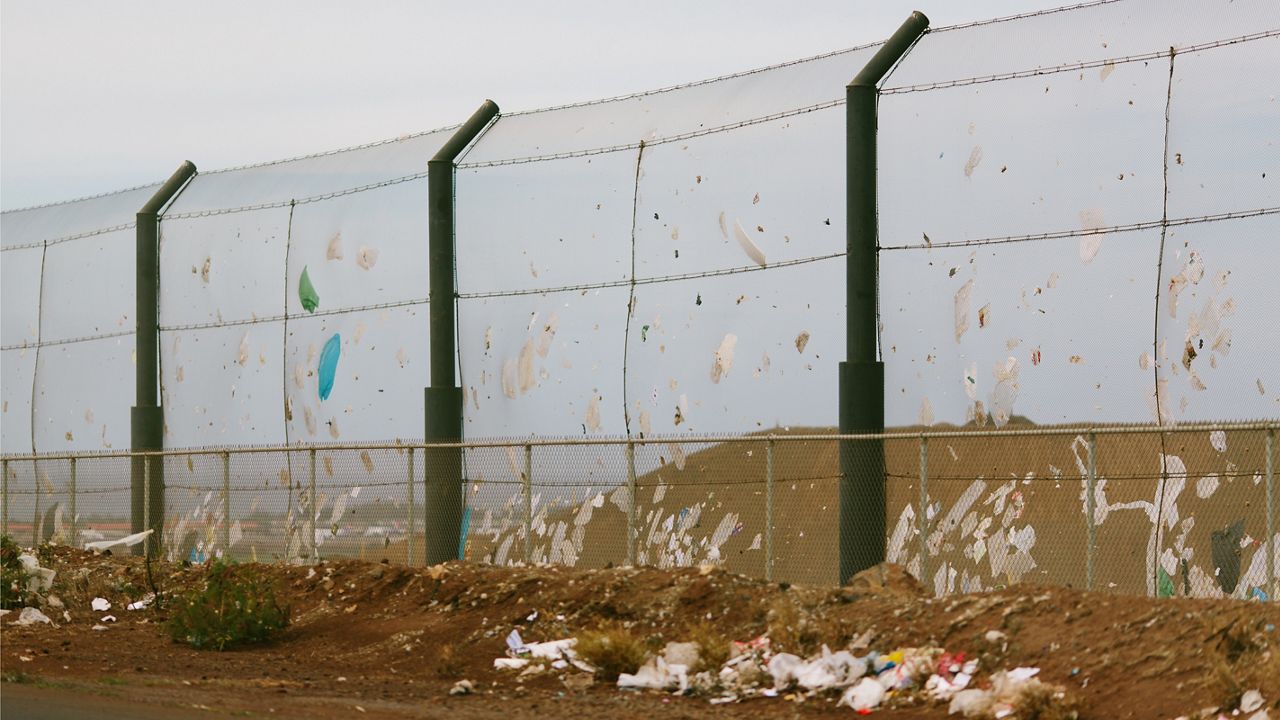
The future of the landfill
Maui County has four landfills: Central Maui Landfill, Hana Landfill, Lanai Landfill and Molokai-Naiwa Landfill.
The Central Maui Landfill charges $4 for residential users, while all the other landfills are free for residents to use.
“All of our landfills have different dates for full capacity, but there is no immediate concern about running out of space at any of them,” said Farnsworth.
The county will construct an expansion of the Central Maui Landfill next year, which will expand its lifespan from two years to eight years.
The Hana Landfill and Lanai Landfills won’t be full for at least another 15 years. Like the Central Maui Landfill, the Molokai Landfill will be full in eight years.
“We are actively identifying future areas suitable for siting a landfill,” Mike Kaheno, Maui County’s Solid Waste Engineer, told Spectrum News Hawaii.
On Oahu, trash is incinerated at H-POWER and turned into electricity. (Read more about H-Power in the first article in this series.)
Farnsworth said Maui County is not considering a waste-to-energy plant like H-POWER.
However, she said Maui County has been evaluating several technologies for waste conversion. One such technology under consideration is gasification and pyrolysis, which uses high-level heat to convert organic materials into usable gas or liquid for fuel. Farnworth said it is purported to have less greenhouse gas emissions and environmental effects than H-POWER.
Farnsworth said the county is also looking into options for plastics and tires, such as converting them into building materials or incorporating them into roads, glass refilling systems and glass-to-sand technologies, and potential anaerobic digestion and composting for organic wastes. She emphasized that these do include incineration, which can generate greenhouse gasses.
Michelle Broder Van Dyke covers the Hawaiian Islands for Spectrum News Hawaii. Email her at michelle.brodervandyke@charter.com.





